Posted on April 06, 2015 11:13:00 PM
Poverty and farm productivity: ASEAN scorecard
0 0 Google +0 0
 |
The Philippine poverty incidence has risen by 1.2 percentage points to 25.8% in the first half of 2014, from 24.6% in 2013. This was attributed to high food prices, especially rice.
About 25.8 million poor people out of 100 million is disproportionately large compared to our ASEAN peers. In 2014, there were about 29 million poor in Indonesia in a population of 253 million. But Indonesia has a 2.5 times bigger population!

|
RELATED STORIES
 M.A.P. Insights — Rafael M. Alunan III: “A Bangsamoro deal that runs roughshod over the Constitution? Unacceptable…”
 M.A.P. Insights — Chit U. Juan: “Why Women’s Month?”
 M.A.P. Insights — Jose Rene S. Gayo: “Helping families rise out of poverty”
 M.A.P. Insights — Greg Navarro: “WHAT SHOULD BOARDS WATCH OUT FOR IN 2015?”
 M.A.P. Insights — Chit Juan:“Models and mentors”
|
In 2012, there were 15 million poor in Vietnam out of a population of 90 million.
But the more revealing metric is that the Philippine poverty rate has barely changed in the last 10 years. It was 24.9% in 2003 and 25.8% in 2014. This is in stark contrast to Indonesia, Thailand and Vietnam.
Indonesia reduced its national poverty incidence from 17.4% in 2003 to 11.4% in 2013. Thailand did the same, from 26.9% in 2004 to 13.2% in 2011. Vietnam’s national poverty rate fell from 22% in 2005 to 7.8% in 2013.
Between 2003 and 2014, the Philippines’ gross domestic product expanded by 88% in real terms. Under the tenure of PNoy (2010-2014), the economy grew 36% but poverty incidence fell from 26.5% in 2009 to 24.6% in 2013 and rose again to 25.8% in 2014.
What could be the cause?
By my estimate, in 2014, rural poverty was about 40% as compared to urban poverty of about 1%. Roughly, of the 25.8 million poor, nearly 20 million are directly and indirectly dependent on agriculture.
This article suggests that the major cause of poverty in the Philippines is low farm productivity.
The subsequent analytics will compare farm yields of 20 crops of four countries (the Philippines, Indonesia, Thailand and Vietnam) based on data from the Food and Agriculture Organization (FAO). The crops are rice, corn, coconut, sugarcane, oil palm, banana, coffee, cassava, pineapple, mango, cabbages/brassicas, garlic, onion, peanut, eggplant, rubber, sweet potato, tomato, potato and tobacco.
Note: FAO data are used as is without correcting for quality differentials. For example, Thailand exports high-value aromatic rice even if yield is low. The Philippines ranks high in banana and pineapple exports but Indonesia appears to have higher yields.
The yields of some 20 crops were ranked across the four countries. No. 1 means a country recorded the highest yield for that crop among the four countries, and No. 4 the lowest.
INDONESIA
In 2003 and 2013, Indonesia is the highest crop yielder and even improved its position.
• In 2013, it had nine crops in the No. 1 position, seven in No. 2 and two each in Nos. 3 and 4.
Average score: 1.85
• Back in 2003, it had seven crops in No. 1, four each in Nos. 2 and 3, and three in No. 4.
Average score: 2.05
VIETNAM
• The country moved up to second place in 2013 with five crops each in Nos. 1 and 2, and three each in Nos. 3 and 4.
Average score: 2.25
• In 2003, it ranked third with three crops in No. 1, seven in No. 2, one in No. 3, and five in No. 4.
Average score: 2.50
THAILAND
A very close third in 2013 but slid from second in 2003.
• In 2013, it had five crops in No. 1, six in No. 2, five in No. 3 and three in No. 4.
Average score: 2.32
• In 2003, it had seven crops in No. 1, five in No. 2, six in No. 3, and one in No. 4.
Average score: 2.05
PHILIPPINES
Sadly, the country remained at the cellar as its performance further lagged behind.
• In 2013, it was a far fourth with no crops in No. 1, two in No. 2, 10 in No. 3 and eight in No. 4.
Average score: 3.30
• In 2003, it had one crop in No. 1, four in No. 2, nine in No. 3 and six in No. 4.
Average score: 3.00
(Detailed data and analytics will be featured in the forthcoming issue of the UA&P Food and Agri Business Monitor.)
The Philippines lags behind peer countries in farm productivity. It has a lot of catching up to do.
Low farm productivity affects farm incomes and, in turn, poverty. Low productivity, especially from scattered, small and unorganized farms, affects the expansion of agri-food manufacturing which creates non-farm jobs. High poverty also means missing the buying power of nearly 20 million people.
To reduce poverty, there is a need to address farm productivity. Market-driven diversification must be promoted. Both productivity and diversification are vital cogs for agri-food industries. It is critical to resolve business climate and policy issues, such as infrastructure connectivity, the quality of extension services, dynamism of research institutions, soundness of resource allocation, local governance and the land ownership ceiling of five hectares and transferability.
Poverty reduction can only be reached if good/best practice farming and efficient value chains are widespread. It will take time. There are no instant solutions.
Rolando T. Dy is chair of the MAP AgriBusiness and Countryside Development Committee, and the executive director of the Center for Food and AgriBusiness of the University of Asia & the Pacific.
